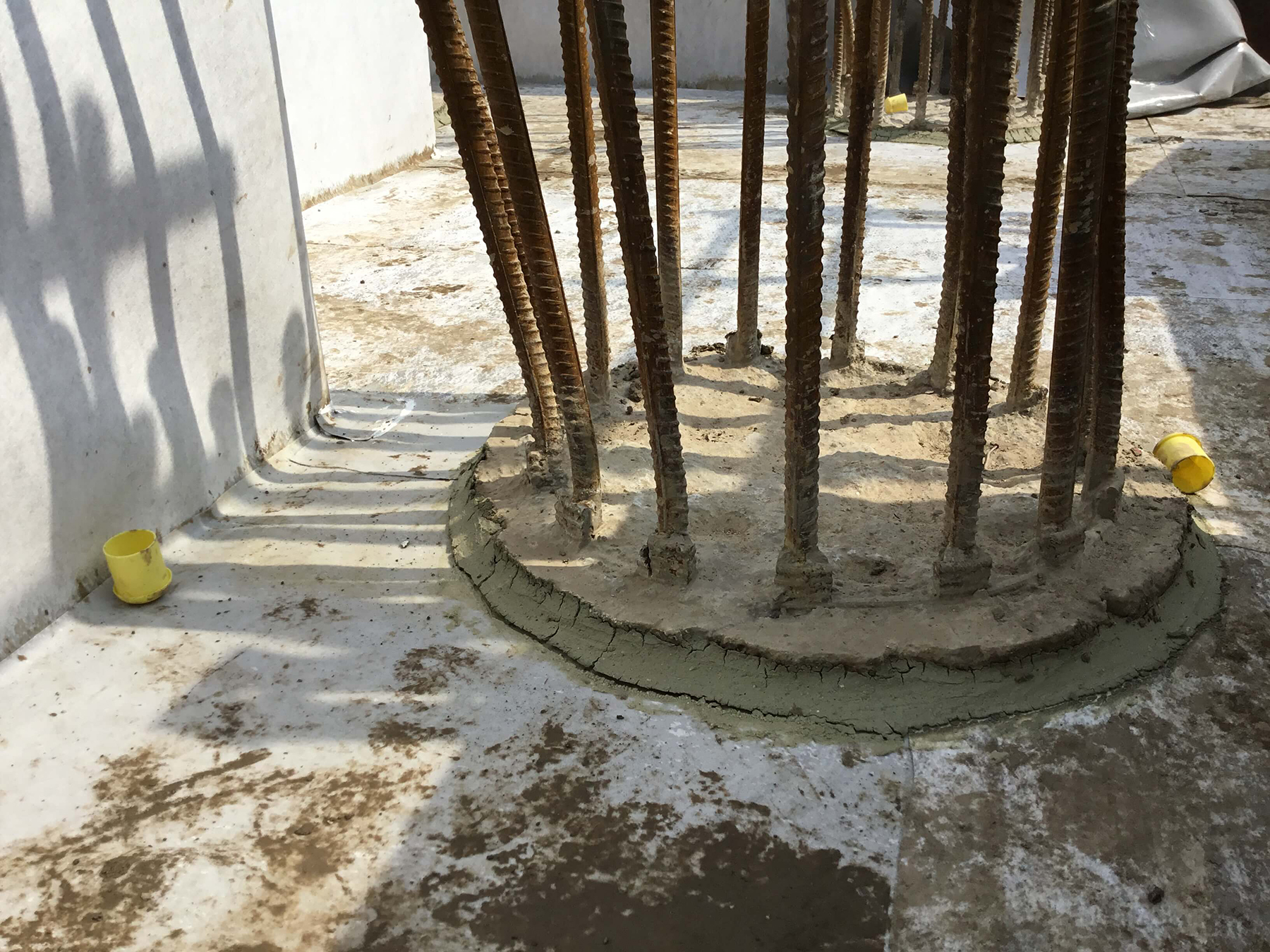Water proofing is an important aspect of every home that is typically neglected until it’s past the point of no return. Proper waterproofing protects your investment by stopping damage from water, which can lead to high repair costs and health hazards due to mildew and mildew. Whether it's the roof, foundation, or basement, understanding the best waterproofing practices can prevent significant expenses and guarantee a dry living space.
As we explore the comprehensive guide for waterproofing, we'll look into the various options available, debunk common myths, and address crucial indicators that suggest your property may need immediate attention. From flat roof waterproofing to basement waterproofing, we'll address everything you must be aware of to effectively protect your home against damage by water. With our guidance, you can choose wisely and find the suitable solution for your individual requirements.
Key Waterproofing Approaches
One of the most efficient approaches for waterproofing roofs is the use of membrane technology. These systems can be made from substances such as PVC, thermoplastic olefin, or EPDM rubber. They create a unbroken barrier that prevents water infiltration and can easily be applied on level or sloped roofs. Additionally, these membranes come with multiple warranties and can last for a long time when properly maintained, making them a cost-effective choice.

Another widely-used method involves implementing liquid waterproofing applications. These coatings are put straight to the roof surface and can provide a robust protective layer against water damage. They are particularly adequate for irregular surfaces and intricate roof shapes. https://diigo.com/0yy5ck can also offer ultraviolet protection and help maintain thermal efficiency in buildings by reflecting sunlight and diminishing cooling costs.
Lastly, roof sealing is a vital waterproofing method that involves the application of a protective layer to seams, joints, and penetrations where water can enter. This method is particularly significant for roofs with many features, such as chimneys or vents. Regular maintenance and reapplication of sealants can significantly extend the life of a roof and ensure that it remains sealed, protecting your asset and reducing the need for costly repairs down the line.
DIY vs. Professional Waterproofing
When considering waterproofing for your home, one of the first decisions you need to make is whether to handle the project on your own or hire a professional. Do-It-Yourself waterproofing can be a cost-effective option, allowing homeowners to save on labor costs. There are many products accessible for DIY enthusiasts, from sealants to barriers, which can be used with relative ease. However, efficient DIY waterproofing requires a good understanding of the materials and techniques entailed, as well as proper planning to ensure long-term effectiveness.
On the flip side, expert waterproofing services come with the knowledge and experience essential to address even the most difficult situations. Professionals have access to advanced equipment and top-notch materials that may not be easily accessible to the average homeowner. They can conduct thorough assessments of your property to recognize vulnerabilities and apply thorough solutions that reduce the risk of water damage. While this option incurs higher upfront costs, it can ultimately be cost-effective by averting future repairs due to faulty installation.
In conclusion, the choice between Do-It-Yourself and expert waterproofing depends on your expertise, budget, and the difficulty of the project. If you feel capable in your abilities and have a limited area to waterproof, a Do-It-Yourself approach might be fitting. However, for bigger projects or areas with significant water exposure, engaging a specialist can ensure that the job is done right, preserving your investment and providing peace of mind.
Cost of Ignoring Waterproofing
Ignoring waterproofing in your property can lead to major financial setbacks. Water damage frequently manifests in the shape of mold growth, weakened structural integrity, and deteriorated materials, all of which can be costly to fix. Homeowners who disregard initial signs of water intrusion may face confronting extensive renovation projects, which can drain their savings and cause disturbances in their daily lives. The expense of fixing water-related issues typically significantly outweighs the cost in proper waterproofing solutions.
Furthermore, ignoring waterproofing can have a enduring impact on property value. Water damage can lead to diminished appraisal values and make the property unattractive to potential buyers. Most prospective homeowners carry out comprehensive inspections before purchasing, and the revelation of water damage can turn away buyers or reduce their offers markedly. In many cases, properties with a track record of leaks or water damage linger on the market longer – a situation that leads to lost opportunities and financial losses for sellers.
Finally, the emotional toll should not be dismissed. Dealing with water damage can be incredibly stressful. It often requires prompt decisions when it comes to repairs and can disturb the day-to-day lives of those affected. Choosing for waterproofing as a preventive measure can provide peace of mind and help avoid the chaos associated with handling water damage down the line. Investing in waterproofing now ensures a more protected living environment for the future.
